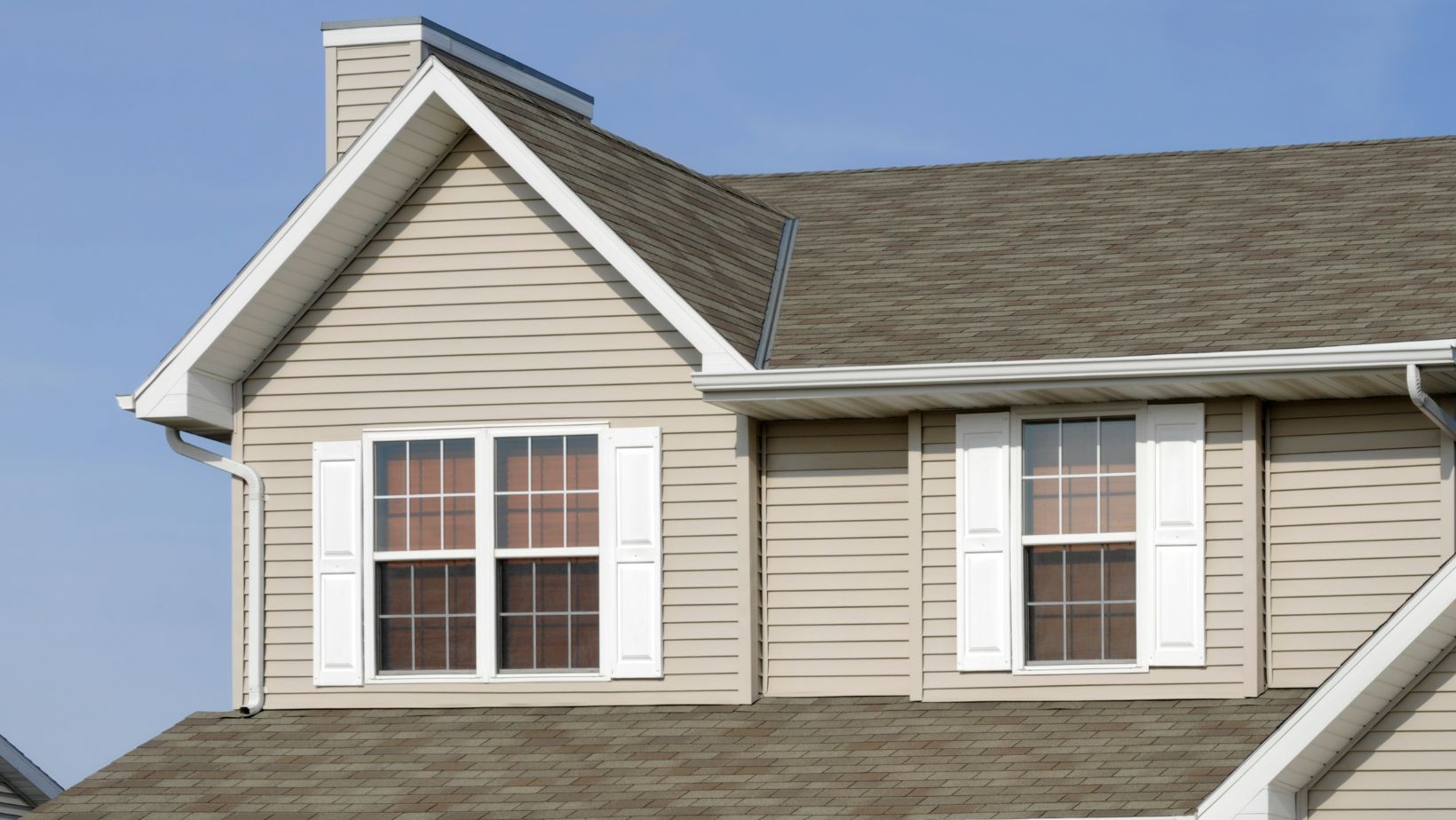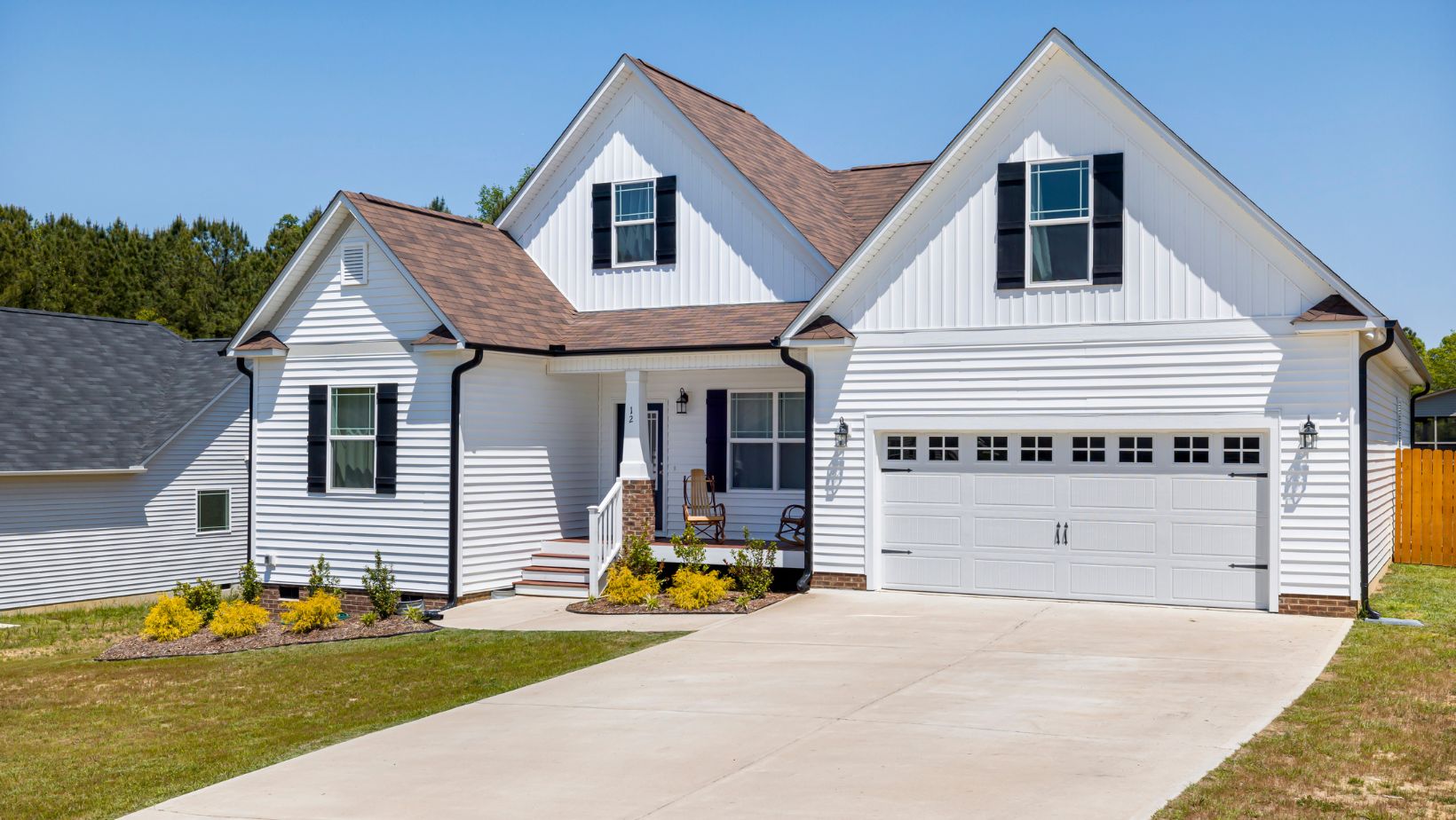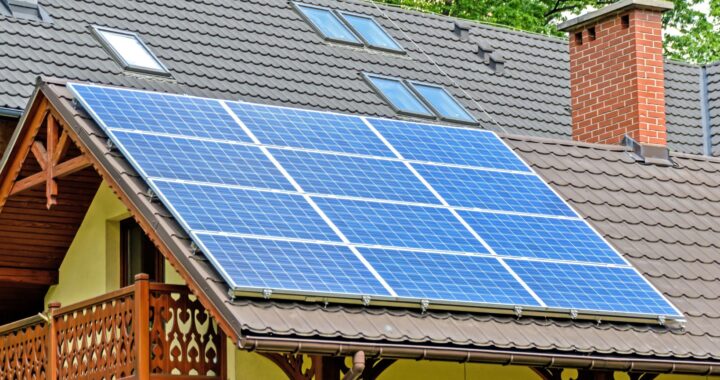Sustainable Roofing and Siding Choices for Long Island Homes

Long Island homeowners seek sustainable building materials that provide durability and energy efficiency because of increasing energy costs and environmental concerns. Selecting the appropriate materials for your home can significantly lower your carbon footprint while providing substantial savings on energy bills and maintenance expenses.
But here’s the problem…
The diverse weather conditions of Long Island’s coastal region with humid summers and freezing winters alongside hurricane-force winds prevent some “green” materials from performing effectively. Selecting the incorrect materials may result in early breakdowns, which can lead to expensive repair work.
The article presents reliable, sustainable roofing and siding solutions for Long Island homes that combine real-world performance data with local installation expertise.
Key Insights Ahead:
- Top Sustainable Roofing Materials for Long Island
- Eco-Friendly Siding Options That Last
- The Real Cost Benefits of Sustainable Building Materials
- Taking Action
Leading Sustainable Roofing Materials for Long Island
In selecting sustainable roofing options for Long Island homes, both durability and eco-friendliness must be prioritized. Roofs that require regular replacement generate unnecessary waste and use extra resources.
Metal Roofing: The Long-Term Champion
Metal roofing emerges as one of the top sustainable choices for Long Island homes because it delivers exceptional results. With appropriate upkeep, metal roofs achieve lifespans exceeding 50 years, while traditional asphalt shingles require replacement every 20 years.
Metal roofing provides multiple advantages apart from its extended life span.
- By reflecting solar heat instead of absorbing it, metal roofs provide homeowners with a cooling cost reduction of up to 25%
- Metal roofing products consist of 25-95% recycled materials and become fully recyclable once their service life ends.
- Metal roofing demonstrates superior durability against Long Island’s coastal weather conditions.
- Fire resistance: Provides additional home safety benefits
But here’s what most people don’t realize…
Installing metal roofing necessitates both special skills and specialized equipment. Working with experienced Superior Roofing & Siding Long Island contractors ensures proper installation that maximizes both durability and energy efficiency benefits. Their specialized knowledge of sustainable materials guarantees optimum performance for your investment.
Metal roofing presents higher initial costs when compared to traditional asphalt roofing yet proves cost-effective over time because of its extended lifespan and energy efficiency.
Solar Roofing: Energy Production and Protection
Recent advancements in solar roofing technology have transformed it into a practical choice for homeowners throughout Long Island.
Long Island homeowners seeking to stabilize their energy costs will drive a significant increase in solar installation demand. To achieve optimal long-term savings through solar roofing technology, proper installation combined with suitable financing solutions is critical.
A variety of options exist within modern solar roofing solutions.

- Traditional solar panels: Mounted on existing roofing
- Solar shingles serve as power-generating roofing units which mimic the appearance of traditional roofing materials.
- Integrated systems: Combining multiple sustainable technologies
Solar roofing systems protect residences and produce renewable energy. Homeowners recover their solar roofing investment over a period of seven to ten years.
Green (Living) Roofs: The Emerging Option
Green roofing systems with living plants are becoming more popular among progressive communities in Long Island despite their rarity on residential homes.
These systems deliver outstanding insulation capabilities along with stormwater management and air quality improvements. Their benefits are most significant in regions that face flooding risks or extreme heat conditions.
Green roofs work by:
- Natural insulation layers produced by these systems help to minimize heating and cooling expenses.
- Rainwater absorption through green roofs helps minimize runoff and mitigate flooding hazards.
- Filtering air pollutants and producing oxygen
- Providing natural habitat for local wildlife
Eco-Friendly Siding Options That Last
The siding of your home plays an essential role in its overall sustainability profile. Insulation performance along with maintenance demands and environmental footprint depend largely on your siding selection.
Fiber Cement Siding: Durability Meets Sustainability
Long Island homeowners have identified fiber cement as their top choice for sustainable siding because of its excellent performance under local weather conditions.
Fiber cement combines wood pulp with cement, sand and other materials to deliver:
- Extreme durability: Typically lasting 50+ years
- Requires minimal upkeep because the material stands up against rotting, pest damage and fire exposure.
- The material manages extreme temperature fluctuations and high humidity efficiently.
- This siding option provides design flexibility because it comes in numerous styles and finishes.
Fiber cement has a 14% lower environmental impact than vinyl siding throughout its lifespan because of its greater durability and fewer replacement demands.
Reclaimed Wood Siding: Character and Conservation
Reclaimed wood siding presents significant advantages for homeowners who desire sustainable building materials that also deliver distinctive visual appeal.
Reclaimed wood comes from aged buildings such as barns and factories.
- Prevents additional tree harvesting
- Reduces landfill waste
- Provides unique character and visual appeal
- The natural aging process of reclaimed hardwood makes it more durable than newer wood materials.
Insulated Vinyl: Improving on a Standard
Traditional vinyl siding remains popular due to its inexpensive cost and minimal upkeep requirements but produces considerable environmental problems.
The latest insulated vinyl siding resolves numerous environmental issues through its design and production technologies.
- The integration of rigid foam backing drastically boosts energy efficiency in the product.
- Using manufacturing processes that reduce environmental impact
- Offering longer lifespans than traditional vinyl
- Providing better noise insulation
The Real Cost Benefits of Sustainable Building Materials
A common error among homeowners comparing sustainable roofing and siding options is to consider only the initial installation expenses.
Complete lifecycle costs provide the real value proposition because they cover:
- Initial material and installation expenses
- Expected lifespan and replacement frequency
- Ongoing maintenance requirements
- Energy efficiency impacts on utility bills
- Potential insurance premium reductions
- Property value increases
Let’s look at a practical example:
The homeowner of a 2,500 square foot Long Island house with traditional asphalt roofing will likely spend:

- $12,500 initial installation
- The home will require a $12,500 roof replacement after two decades based on inflation adjustments.
- The home will incur at least $25,000 in cooling costs during the 40-year period.
The identical home outfitted with metal roofing would require:
- $35,000 initial installation
- $0 in replacement costs over 40+ years
- $10,000 in cooling costs over 40 years
The sustainable roofing option achieves $15,000 in savings throughout the comparison period and provides significant environmental benefits.
Taking Action
Explore the sustainable roofing and siding possibilities available for your Long Island home. Start with these steps:
- Perform an evaluation of your roof and siding to decide when they require replacement
- Investigate which products best match the design of your building.
- Seek expert guidance from contractors who specialize in sustainable building materials
- Examine available tax incentives and rebates as they apply to sustainable building decisions
- Consider phasing implementations if budget constraints exist
When you make informed decisions and plan carefully your sustainable investments will produce long-term performance benefits and both cut environmental impact and reduce costs.
The Bottom Line
Long Island homeowners who opt for sustainable roofing and siding solutions can achieve better home performance and value while making environmentally friendly decisions.
Selecting materials designed for maximum sustainability by focusing on their durability and energy efficiency will enable you to build a home that:
- Stands up to Long Island’s challenging climate
- Reduces ongoing utility and maintenance costs
- Minimizes your environmental footprint
- Provides distinctive aesthetic appeal
- Potentially increases property value
The most sustainable selections successfully combine short-term functional needs with lasting environmental and financial advantages.

 Solar Generator for Home Backup: Discover the Finest Options for Off-Grid Living
Solar Generator for Home Backup: Discover the Finest Options for Off-Grid Living  How to Get the Most Materials for Home Improvements
How to Get the Most Materials for Home Improvements  Cost-Effective Pergola Solutions for Budget-Conscious Homeowners
Cost-Effective Pergola Solutions for Budget-Conscious Homeowners